Government Initiatives and Support
Government initiatives aimed at promoting clean energy technologies are likely to serve as a catalyst for the Zinc Manganese Oxide Printed Battery Market. Various countries are implementing policies and incentives to encourage the development and adoption of sustainable battery technologies. These initiatives may include funding for research and development, tax breaks for manufacturers, and subsidies for consumers purchasing eco-friendly products. Such support could enhance the market landscape, making it more favorable for the growth of zinc manganese oxide batteries. As governments continue to prioritize sustainability, the Zinc Manganese Oxide Printed Battery Market is expected to experience accelerated growth, potentially leading to a more competitive market environment.
Growing Consumer Electronics Market
The burgeoning consumer electronics market is significantly influencing the Zinc Manganese Oxide Printed Battery Market. With the proliferation of portable electronic devices, there is an increasing need for compact and efficient battery solutions. Zinc manganese oxide batteries are well-suited for applications in smartphones, tablets, and wearables due to their lightweight and high energy density characteristics. The consumer electronics sector is projected to grow at a rate of approximately 6% annually, which could translate into heightened demand for innovative battery technologies. As manufacturers seek to enhance device performance and longevity, the Zinc Manganese Oxide Printed Battery Market stands to benefit from this upward trend.
Rising Demand for Eco-Friendly Batteries
The Zinc Manganese Oxide Printed Battery Market is experiencing a notable increase in demand for eco-friendly battery solutions. As consumers and manufacturers alike become more environmentally conscious, the shift towards sustainable energy storage options is evident. Zinc manganese oxide batteries are perceived as a greener alternative due to their non-toxic materials and recyclability. This trend is further supported by regulatory frameworks promoting the use of sustainable products, which could potentially drive market growth. In 2025, the market for eco-friendly batteries is projected to reach substantial figures, indicating a robust shift in consumer preferences towards environmentally responsible products. The Zinc Manganese Oxide Printed Battery Market is thus well-positioned to capitalize on this growing demand.
Integration with Renewable Energy Sources
The integration of Zinc Manganese Oxide Printed Batteries with renewable energy sources is emerging as a key driver for the market. As the world increasingly shifts towards renewable energy, the need for efficient energy storage solutions becomes paramount. Zinc manganese oxide batteries offer a viable option for storing energy generated from solar and wind sources, thereby enhancing the reliability of renewable energy systems. This synergy is expected to bolster the market, as energy storage solutions are critical for managing supply and demand fluctuations. The Zinc Manganese Oxide Printed Battery Market could see a surge in demand as more renewable energy projects are initiated, potentially leading to a market valuation exceeding USD 1 billion by 2027.
Technological Innovations in Battery Design
Technological advancements are playing a pivotal role in shaping the Zinc Manganese Oxide Printed Battery Market. Innovations in battery design, such as improved energy density and enhanced performance metrics, are likely to attract a broader consumer base. Recent developments in printing technologies have enabled the production of batteries that are lighter, thinner, and more efficient. This could lead to increased applications in various sectors, including consumer electronics and electric vehicles. The market is expected to witness a compound annual growth rate of around 8% over the next few years, driven by these technological innovations. As manufacturers continue to invest in research and development, the Zinc Manganese Oxide Printed Battery Market is poised for significant growth.


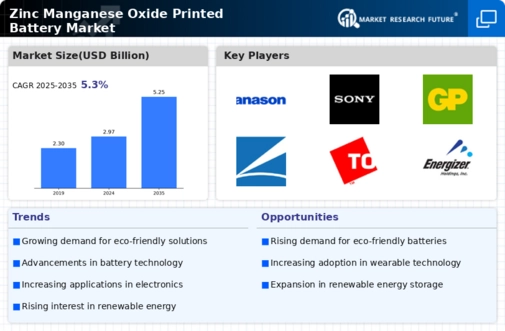
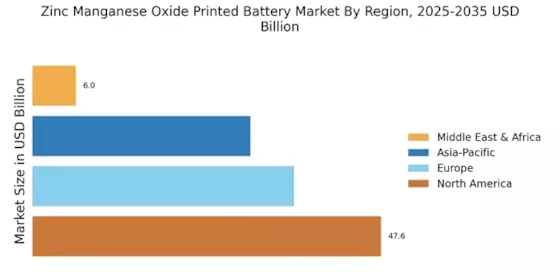
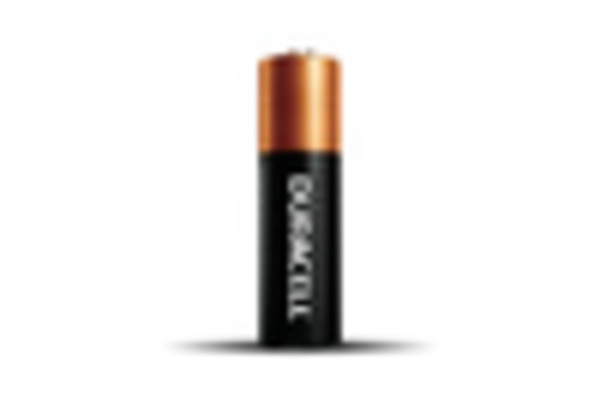
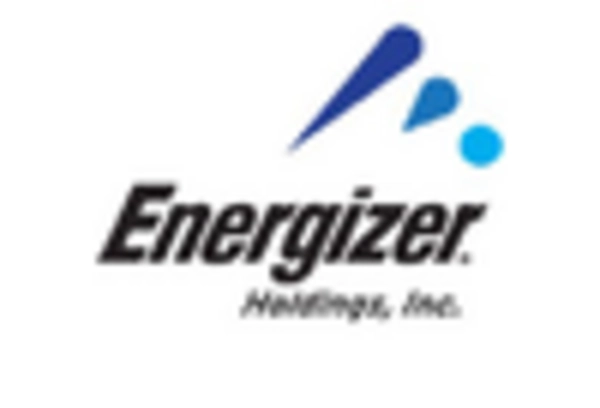
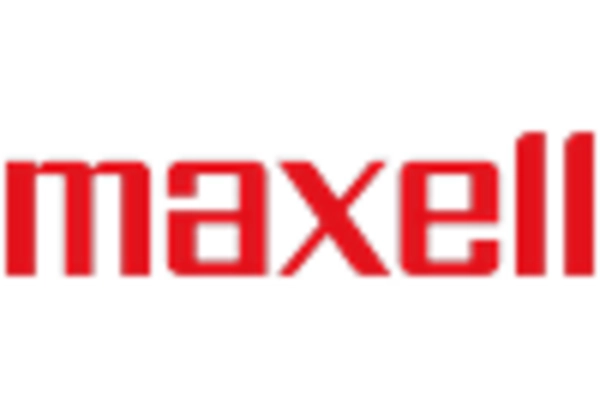
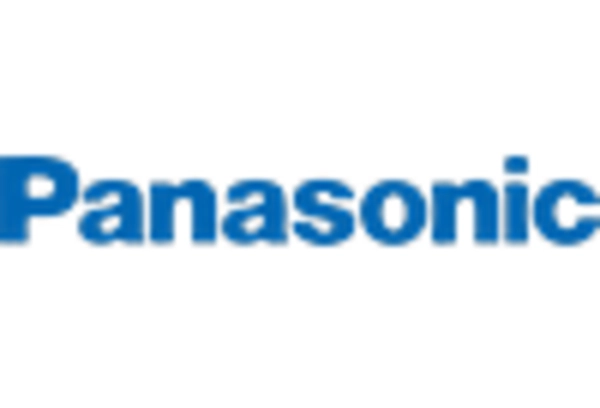
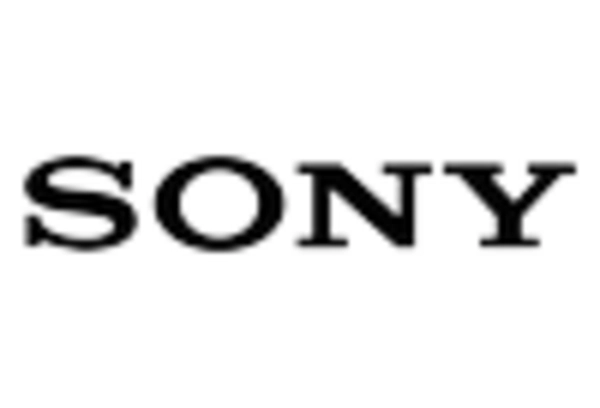
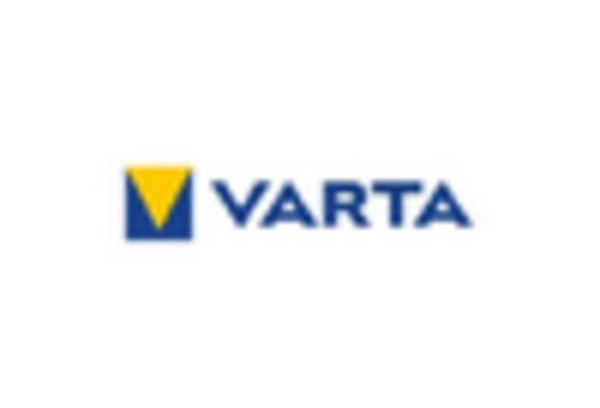








Leave a Comment